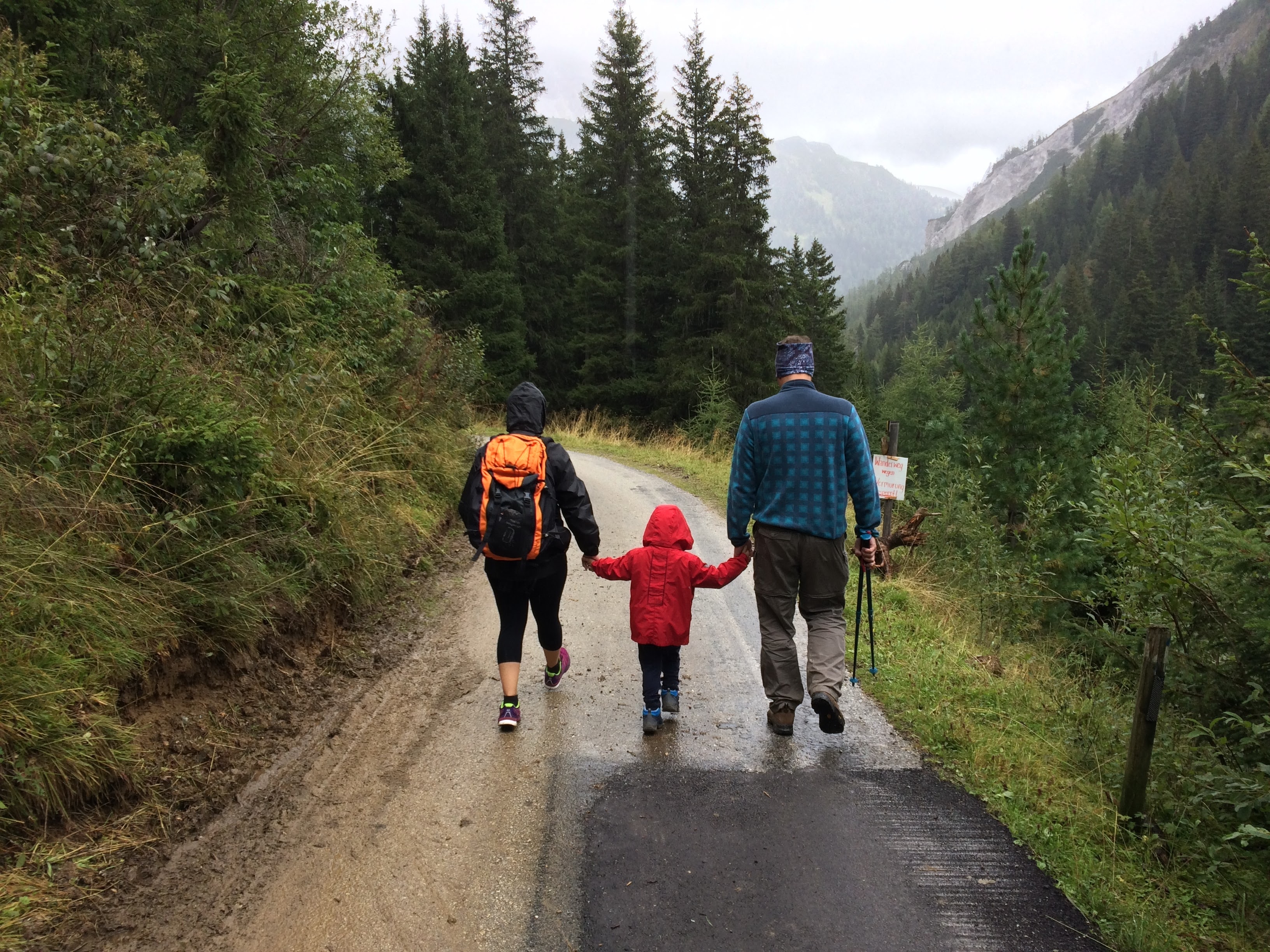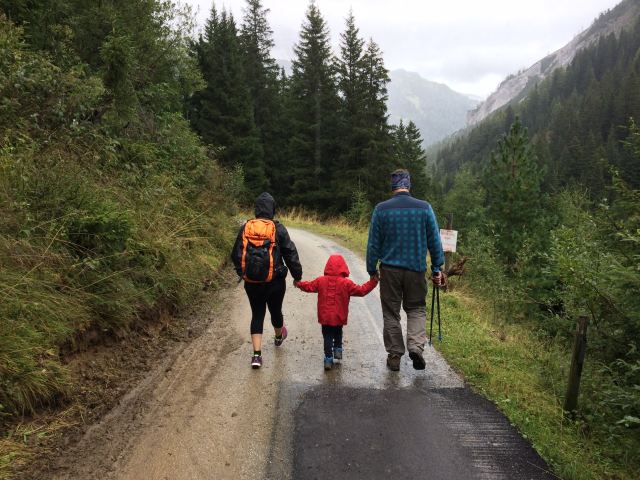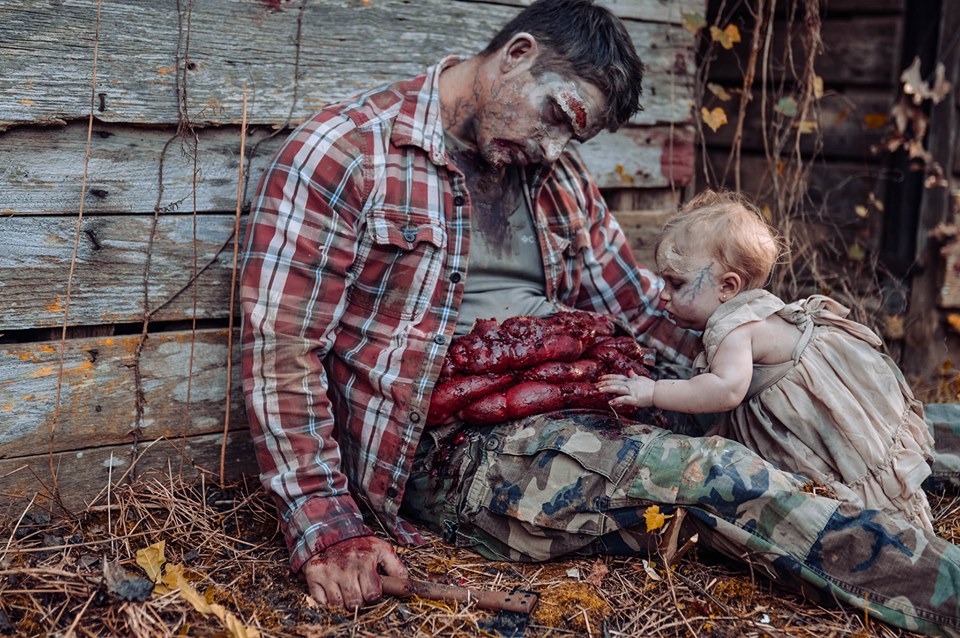
Can you believe we’re already in 2020? If you’re feeling left out from everyone’s New Year’s resolutions, don’t worry. Now is still the perfect time to set resolutions for the rest of the year.
But guess what? Resolutions aren’t confined to just individuals. You can make resolutions as a family unit, including your spouse and children on the New Year’s fun, too. In fact, it’s important to set joint goals with your family. It’s great for bonding, gives you a sense of purpose, and sets a better example for your kids. If you’re craving more family connections, it’s time to choose a family resolution for 2020.
But these family resolutions can’t be a mandate. It should be a collaborative process that excites and empowers both you and your kids. That’s the only way you can make resolutions that stick. Here are my 4 cardinal rules for setting fun resolutions that stick.
4 Tips for Setting Family Goals: Hitting a wall with your goal-setting? Follow these 4 tips to make better resolutions that your family can actually achieve by the end of 2020.
1. Involve kids in the process. As a parent, you make a lot of decisions for your children. While you have their best interests at heart, kids want the freedom to make their own choices. Since a New Year’s resolution is a pretty low-key decision, give your kids some power here. Let every family member voice their opinions. Ask your kids questions like:
-
What do you want to do this year?
-
What’s important to you?
-
What do you want to do more of?
-
What do you want to do less of?
You can ask questions to guide the conversation, but let your kids answer honestly. Self-expression is key to raising confident kids. Plus, they’ll be more likely to stick to a resolution that matches up with their goals, even if that goal is, “Eat less vegetables.”
Let each family member choose a family goal for 2020. You can either incorporate each person’s goal into one big goal for the family or create several New Year’s resolutions. It’s up to you! But whatever you do, make sure everyone has a seat at the table. That’s key for follow-through.
2. Make it tangible. As an individual, you might track your New Year’s resolution progress in an app or spreadsheet. But that’s not as easy to do as a family. You certainly don’t want to encourage too much screentime for the kids, anyway. That’s why it’s important to make your goals tangible. Instead of tracking your family resolutions in a spreadsheet, create a New Year’s resolution advent calendar or checklist. Display it on the side of the refrigerator or another space where everyone can see it.
When the kids make progress on their goals, involve them in the tracking process to make it tangible. Let them cross tasks off with markers, mark milestones with stickers, or even do a “happy dance” when they hit a goal. Choose a way to make resolutions tangible so your kids get excited to make progress on their goals.
3. Review each week. Whether you set goals as an individual or as a family, you have to review those goals regularly. Otherwise, you’re doomed to forget about your resolution and fall off the wagon. Make it a point to review your New Year’s resolution with the family every week. If you have a weekly family dinner or board game night already, add New Year’s goal tracking to it. If not, set up a regular time each week to review goals. Frantic Tuesday nights after soccer practice probably aren’t the best time to talk about goals. Pick a time when your family will be relaxed and at home. Celebrate what you’re doing well, the progress everyone has made, and what you need to do next. This way, both you and the kids will stay true to your goals.
4. Hold everyone accountable. A goal without accountability is just a dream. The great thing about setting New Year’s resolutions as a family is that you already have a built-in accountability system. If your goal is to become more active as a family, you have 2-3 other people to hold you accountable. Maybe you don’t want to go on a bike ride after a long day at work. Without accountability, you would probably spend all night bingeing Netflix. But with accountability, your kids will pull you out the door (sometimes literally) so you meet your goals together. And if someone isn’t holding up their end of the bargain, gently nudge them to keep pushing forward on their goals. If you’re tracking goals in a tangible way and reviewing them each week, it’s much easier to hold people accountable.
But don’t take “accountability” to mean “chastise.” People are people and they’re going to forget things. Keep New Year’s resolutions fun and light by emphasizing your family’s progress over its shortcomings. Otherwise, the resolutions will seem more like a punishment than a fun challenge you get to tackle together.
2020 marks the start of a fresh, new decade. Make the most of the New Year by making resolutions as a family. Involve your kids in the process, track goals in a tangible way, review them every week, and hold each other accountable so your resolutions will stick. Who knows? With the right approach, this could become your next family tradition.






















